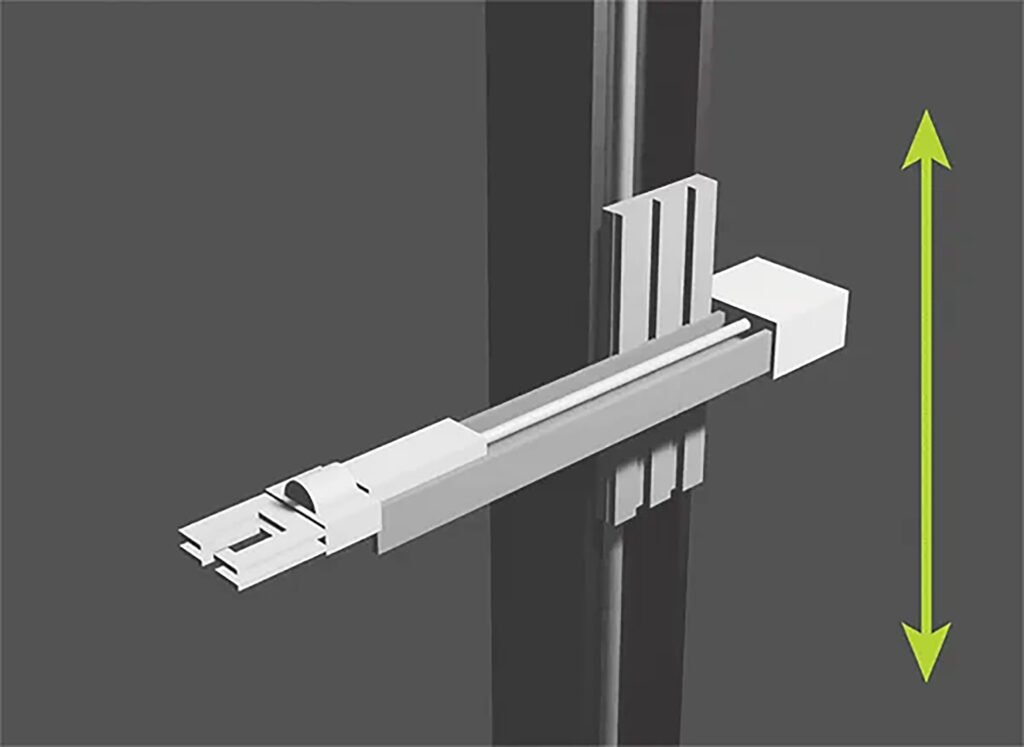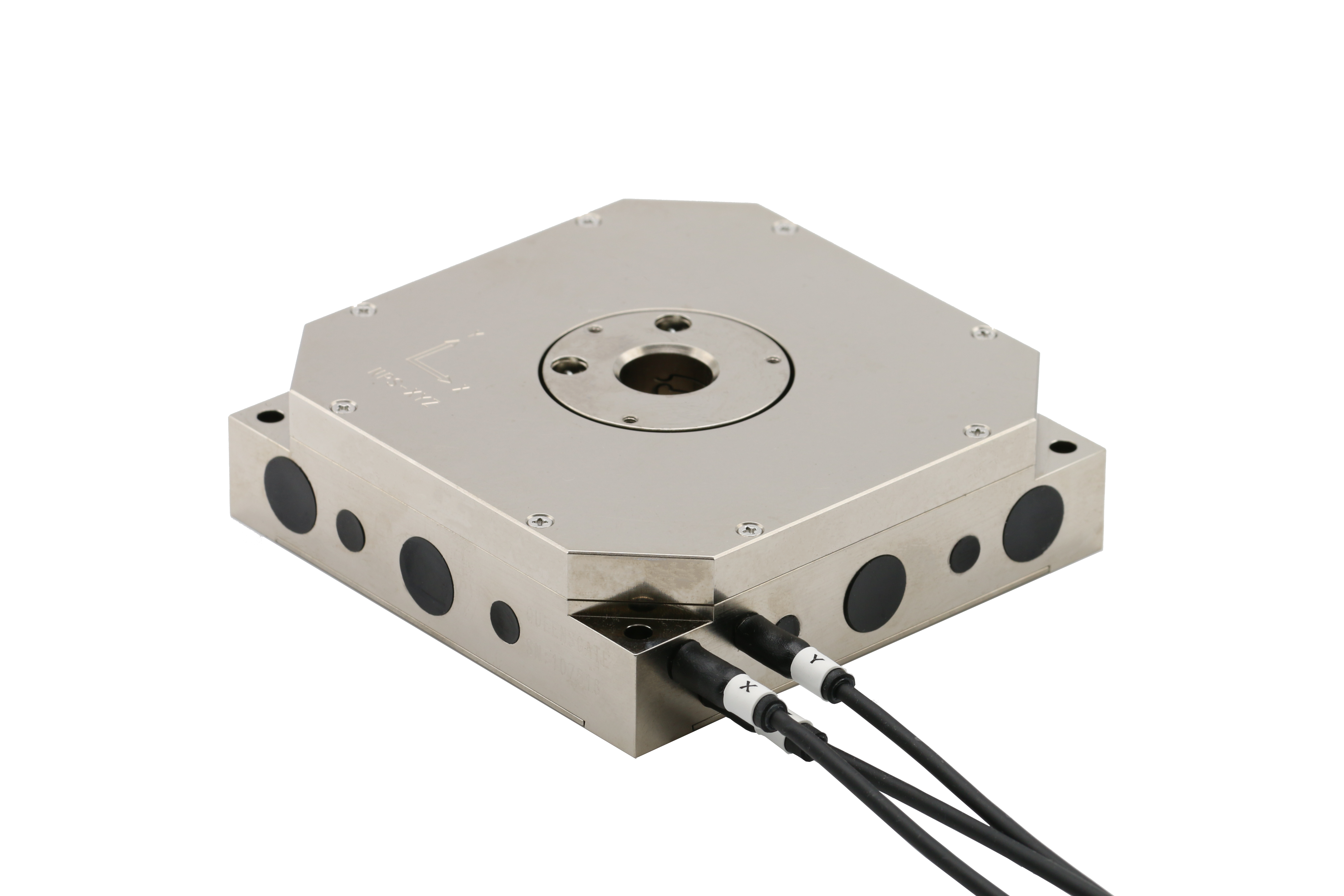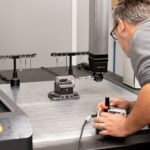Indexer control systems are the backbone of many high-performance motion applications, designed to easily and efficiently handle precise vertical movements. From semiconductor production and laboratory blood analysers to automated warehouse robots, indexers ensure objects are stored, retrieved, and positioned with speed and accuracy.

Indexers are general-purpose devices that operate in the vertical dimension and form the basis of storage and retrieval systems.
These systems often pair vertical motion with robotic arms or actuators to deliver payloads exactly where they need to go, seamlessly integrating into storage, retrieval, and manufacturing workflows. Whether moving wafers in cleanrooms or materials in warehouses, indexers bring precision and reliability to even the most demanding environments.
The mechanics behind the motion
The magic of indexer control lies in its versatility. Most systems rely on one of three core mechanisms for vertical movement:
• Lead-screw systems: This mechanism uses a rotary motor to drive a threaded shaft, converting rotational motion into smooth linear movement. This approach is widely used for its reliability, simplicity, and suitability for moderate-speed applications. Lead-screw systems are particularly advantageous in settings requiring precise control over shorter distances, such as laboratory equipment or compact industrial devices.
• Belt and pulley systems: For faster speeds and lighter loads, belts and pulleys translate rotary motion into linear motion with efficiency and flexibility. These systems are commonly found in automated storage and retrieval applications, where speed and efficiency take precedence over heavy-duty load handling. Their lightweight design and low maintenance requirements make them a cost-effective choice for many industries.
• Direct-drive linear motors: These brushless DC motors deliver excellent precision and speed, making them ideal for applications that demand extreme accuracy, minimal wear, and long lifespans. By eliminating mechanical linkages, direct-drive systems reduce complexity and provide smoother motion, making them perfect for high-precision environments such as semiconductor manufacturing and medical device automation.
Occasionally, rack-and-pinion setups are used in heavy-duty industrial applications where ruggedness and durability are key requirements. These systems provide the strength and stability needed for demanding tasks like lifting heavy loads in warehouse robotics or industrial assembly lines.
The techniques that drive performance
Though indexing does not appear to be a particularly complex form of motion at a glance, there are several advanced techniques that make all the difference in delivering precise, efficient movement.
S-curve profiling, for example, smooths out acceleration and deceleration, reducing vibrations and ensuring faster settling times. Compared to conventional trapezoidal profiles, S-curves inject less energy into the mechanism, creating smoother, more efficient movements.
Another crucial feature is gravity compensation, which is achieved by using DC torque offsets. This method balances the force of gravity on the load, reducing strain on the servo system and improving overall efficiency. Acceleration feedforward techniques further optimise motion, especially during high-speed tasks.
The final advanced technique is motion error detection. This monitors position accuracy in real time, and if it exceeds acceptable limits the system halts motion automatically, protecting both the mechanism and its payload from damage caused by obstructions or excessive friction.
Real-world applications
Indexer control systems shine across a range of industries. Semiconductor manufacturing relies on them for wafer handling and SMIF-pod loading, while laboratories use them in blood analysers and DNA sequencers. In industrial settings, they power automated storage and retrieval systems, machine tool management, and tape or cartridge handling.
These systems are also integral to automated warehouses, where they ensure speed and precision in retrieving and storing materials, enabling seamless inventory management. Sample preparation systems in research labs benefit from their accurate, repeatable positioning capabilities, enhancing efficiency and reducing errors. In data storage facilities, indexers handle tapes and cartridges with unmatched reliability, maintaining fast access times even under heavy workloads.
Beyond these sectors, indexers support medical diagnostics, assisting in the precise positioning of biological samples during testing processes. Robotics systems in manufacturing also rely on indexer controls to coordinate the movement of parts along production lines, ensuring smooth assembly and inspection. In aerospace and defence, they play a critical role in the handling of delicate components and materials, where precision is non-negotiable.
Building Smarter Motion Solutions
Whether designing DNA sequencers, warehouse robots, or advanced material handling systems, indexer control delivers the motion precision and reliability manufacturers need to stay ahead in automation.
By leveraging advances in technology, engineers can design systems that meet the most demanding requirements while maintaining cost-effectiveness. Whether for a simple material handling setup or a complex multi-axis machine, indexer control remains a cornerstone of motion engineering.
With expertise and an extensive product portfolio, INMOCO provides comprehensive solutions for motion control challenges. From initial system design to ongoing support, INMOCO ensures that every project achieves optimal performance.







